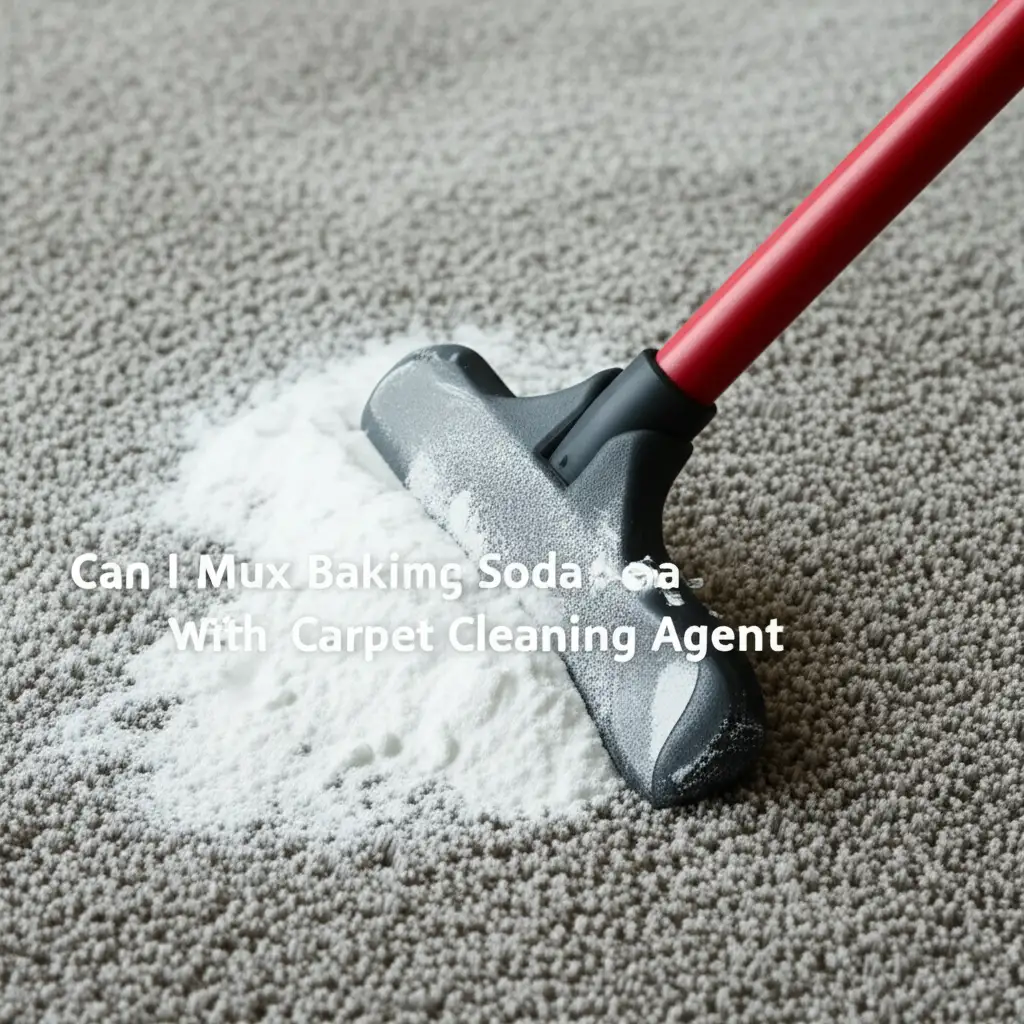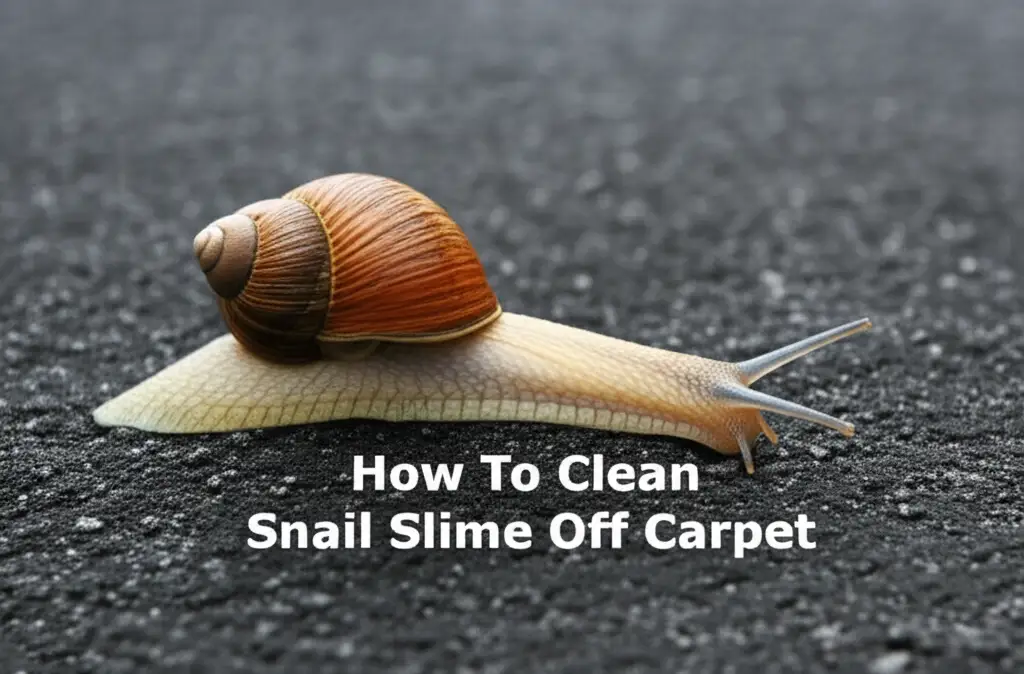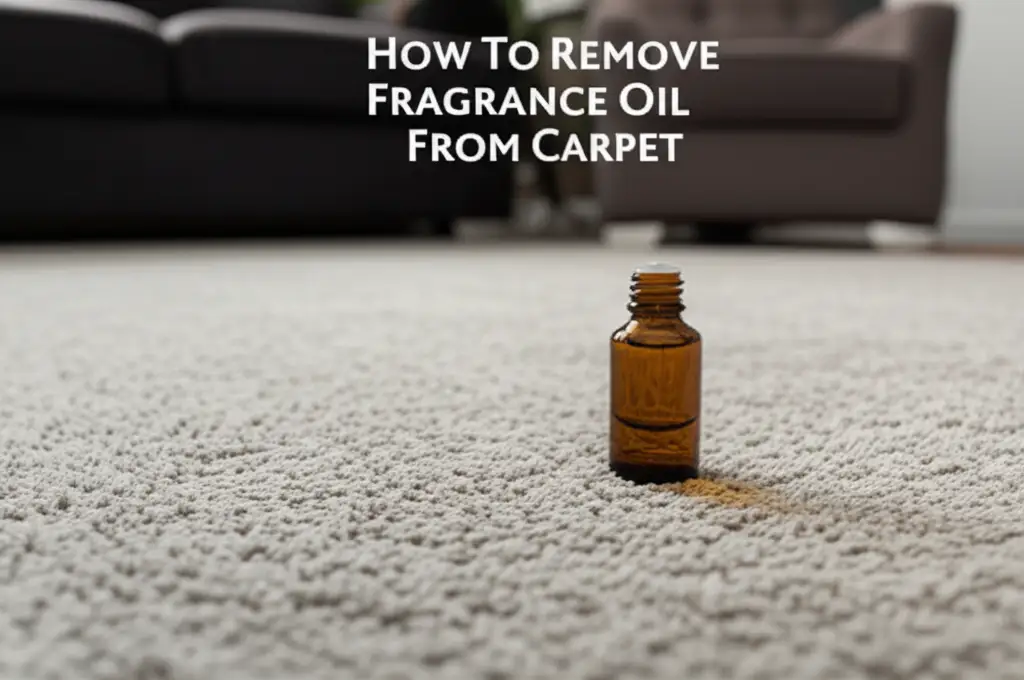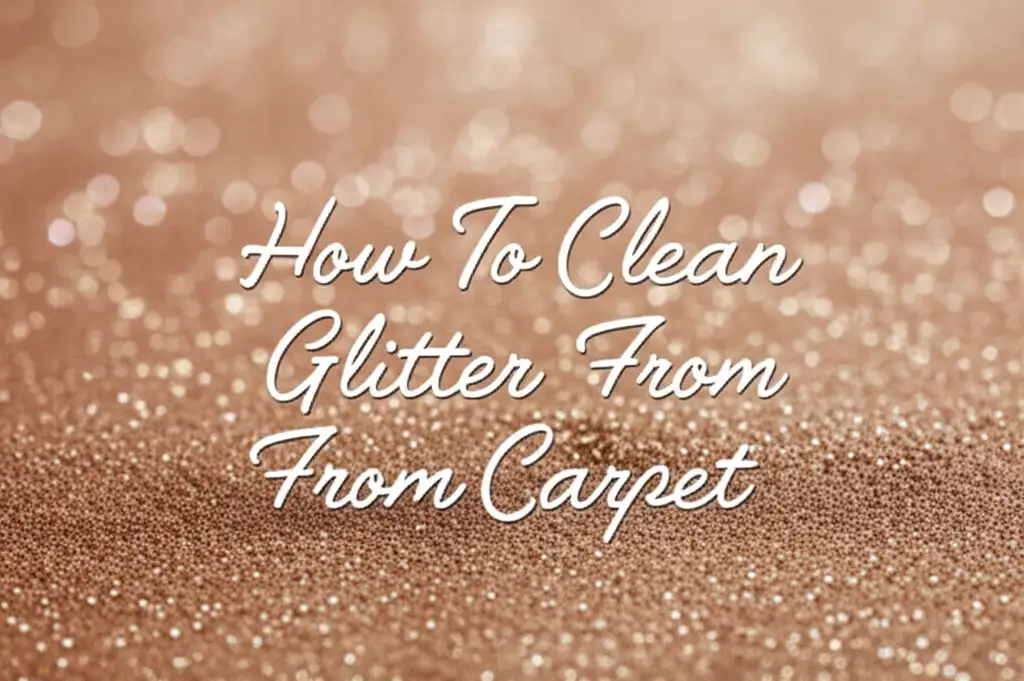· Elira Thomsen · Home Cleaning · 13 min read
How To Get Dried Cat Pee Out Of Carpet
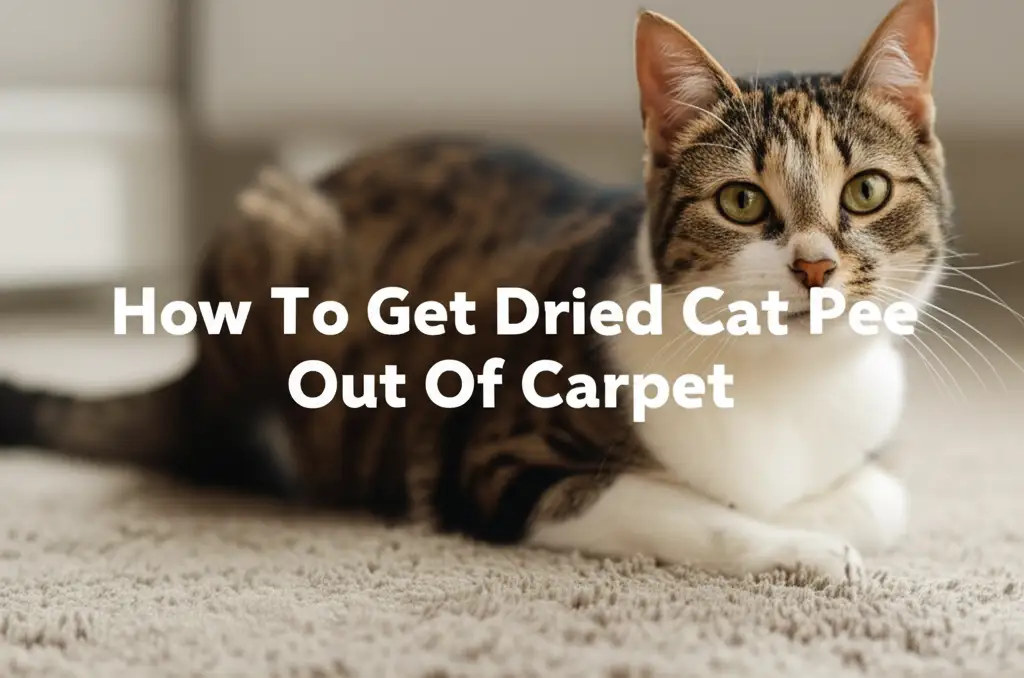
Conquering Dried Cat Pee Stains in Your Carpet
Discovering a dried cat pee stain on your carpet can be disheartening. The smell often hits you before you even see the mark. Dried cat urine penetrates carpet fibers deeply. It leaves a stubborn, pungent odor. Many cat owners face this common challenge. It is essential to know how to get dried cat pee out of carpet effectively. This guide provides comprehensive steps and solutions. We will cover everything from basic cleaning to professional tips. You will learn the right tools and techniques. This helps you restore your carpet’s freshness and cleanliness.
Takeaway:
- Act quickly, even on dried stains, to stop odor spread.
- Use enzymatic cleaners designed for pet urine for best results.
- Repeat cleaning steps if the smell persists.
- Address the root cause of accidents to prevent future incidents.
To get dried cat pee out of carpet, first locate the stain, then pre-treat it with an enzymatic cleaner. Blot the area repeatedly, never scrub. Rinse with clean water, blot dry, and consider applying baking soda to absorb lingering odors. Repeat the process if necessary for full removal.
Why Dried Cat Pee Creates a Stubborn Challenge
Dried cat pee presents a unique cleaning problem. When fresh urine dries, the water evaporates. This leaves behind concentrated urine salts, urea, and uric acid crystals. These components bond strongly with carpet fibers. This makes them difficult to remove with just water. The uric acid crystals react with moisture in the air. This process releases a strong, unpleasant ammonia-like smell. The smell often gets worse over time. The odor also encourages the cat to re-mark the same spot. This creates a cycle of repeat accidents.
Cats may pee outside the litter box for many reasons. Stress, medical issues, or dissatisfaction with their litter box can cause it. Understanding why your cat pees on carpet helps prevent future incidents. You must thoroughly eliminate all traces of urine. Any remaining crystals or odor will attract your cat back. Standard carpet cleaners may not break down these specific crystals. This is why specialized products are necessary. These products target the unique chemical makeup of cat urine. Ignoring dried cat pee leads to permanent damage. It can affect carpet padding and subflooring. The smell can permeate your entire home. Early and correct action makes a big difference.
Essential Tools and Supplies for Dried Cat Urine Removal
Having the right tools is crucial for successful cat pee removal. Do not rush into cleaning without proper supplies. Using the wrong products can set the stain permanently. It can also spread the odor further. I always gather everything before I start. This makes the cleaning process more efficient. It also helps achieve the best possible outcome.
Here is a list of must-have items:
- Gloves: Protect your hands from urine and cleaning chemicals.
- Paper towels or old rags: For blotting and absorbing liquid. Avoid colored cloths that might transfer dye.
- Enzymatic cleaner: This is vital. Enzymatic cleaners contain special enzymes. These enzymes break down the uric acid crystals in cat urine. They effectively neutralize the odor. Look for products specifically designed for pet urine. Many brands offer great enzymatic cleaners for this purpose.
- White vinegar: A natural deodorizer and mild disinfectant. It helps break down urine salts. You can use it before or after enzymatic treatment.
- Baking soda: Excellent for absorbing odors. It works well after the liquid cleaning process.
- Spray bottle: For applying cleaning solutions evenly.
- Stiff brush (non-metallic): For working solutions into carpet fibers.
- Wet vacuum or carpet extractor (optional): For deep cleaning and removing moisture. This tool is very effective.
- Black light (UV light): Essential for finding dried urine stains. These stains are often invisible to the naked eye. The light makes urine glow.
- Plastic sheeting or old towels: To protect surrounding areas and subflooring.
Make sure you have enough supplies. You might need to repeat steps. Using these items correctly increases your chances of complete removal.
Step-by-Step Guide to Removing Dried Cat Urine Stains
Removing dried cat pee needs a systematic approach. Rushing the process can make the problem worse. Follow these steps carefully for the best results. I have found this method most effective over time.
Locate the Dried Stain
Dried cat urine stains are often invisible. The first step is finding them. Use a black light in a darkened room. The urine will glow under the UV light. Mark the affected areas with chalk or tape. This ensures you treat all soiled spots. You might be surprised by how many spots you find. Cat urine can spread further than you think.
Prepare the Area
Once you locate the stains, prepare the area. Remove any furniture near the stain. Place old towels or plastic sheeting underneath the carpet if possible. This protects your subfloor from moisture. It also prevents the stain from spreading to other areas. Ensure the room is well-ventilated during cleaning.
Pre-Treatment and Saturation
Apply an enzymatic cleaner generously to the marked area. You need to saturate the spot completely. The cleaner must reach deep into the carpet fibers. It should also reach the padding beneath. This is where the urine settles. Follow the product’s instructions for saturation time. Most cleaners need to sit for 10-15 minutes. Some may require longer. This allows the enzymes to break down the uric acid crystals. The enzymatic cleaner is key to neutralizing the odor. If the smell is very strong, you might have deeper penetration. Consider how how to remove pet pee smell from carpet can help with lingering odors.
Blotting and Extraction
After the cleaner has sat, begin blotting. Use clean paper towels or old rags. Press firmly into the treated area. Absorb as much liquid as possible. Do not rub the stain. Rubbing pushes the urine deeper into the fibers. It can also damage the carpet. Replace saturated paper towels with fresh ones. Repeat this blotting process until no more liquid comes up. For larger stains, a wet vacuum or carpet extractor is helpful. It pulls out moisture and dissolved urine effectively.
Rinse and Dry
Once the liquid is mostly absorbed, gently rinse the area. Use a small amount of clean, cool water. This helps remove any remaining cleaner residue. Blot the area again to remove excess water. Ensure the carpet dries completely. You can use a fan or open windows to speed drying. Walk on the area minimally until it is fully dry.
Natural and Homemade Solutions for Cat Pee on Carpet
While enzymatic cleaners are highly effective, some people prefer natural options. Homemade solutions can help with minor stains or as a pre-treatment. They are also good for regular maintenance. Always test any solution on an inconspicuous area first. This checks for colorfastness.
Vinegar and Baking Soda Method
This classic combination works well for many stains. Vinegar neutralizes ammonia, and baking soda absorbs odors.
- Prepare a vinegar solution: Mix equal parts white vinegar and water in a spray bottle.
- Apply vinegar: Lightly spray the stained area with the vinegar solution. Do not oversaturate the carpet.
- Let it sit: Allow the vinegar solution to sit for 10-15 minutes. This gives it time to work.
- Blot: Blot the area thoroughly with paper towels. Remove as much liquid as possible.
- Apply baking soda: Sprinkle a generous amount of baking soda over the still-damp area.
- Let it dry: Allow the baking soda to dry completely on the carpet. This might take several hours or overnight.
- Vacuum: Once dry, vacuum up the baking soda. The baking soda absorbs any remaining odors.
This method helps significantly. However, it may not fully break down uric acid crystals like enzymatic cleaners. For oriental rugs, cat urine may require more specific care than a typical carpet, so always check material compatibility.
Hydrogen Peroxide and Dish Soap
This solution can also lift stains and odors. It has bleaching properties, so test it first.
- Mix solution: Combine 1/2 cup hydrogen peroxide (3%), 1 teaspoon dish soap, and 1/2 cup water.
- Apply carefully: Apply a small amount to the stain using a cloth.
- Work it in: Gently work the solution into the fibers.
- Blot and rinse: Blot the area until the stain lifts. Then rinse with clean water and blot dry. Hydrogen peroxide helps lighten stains. Dish soap helps lift grime. Use this method with caution, especially on dark carpets.
Natural solutions are good for immediate action. They are also useful for less severe dried stains. For deeply set or recurring stains, enzymatic cleaners remain the superior choice.
When to Call the Professionals for Stubborn Cat Urine Stains
Sometimes, dried cat pee stains are too stubborn for DIY methods. This happens especially with old, untreated stains. Or it happens when urine has soaked into the carpet padding and subfloor. In such cases, professional help is the best option. Carpet cleaning professionals have specialized equipment. They use strong cleaning agents that homeowners do not have access to.
Professionals use powerful extraction machines. These machines can reach deep into carpet fibers. They pull out urine that has seeped below the surface. They also have industrial-strength enzymatic cleaners. These cleaners are more concentrated than retail versions. They effectively break down even the most stubborn uric acid crystals. A professional can also assess the extent of the damage. They might recommend replacing the carpet padding or sealing the subfloor. This ensures the odor is completely gone. Ignoring severe urine saturation can lead to permanent damage. It can also cause health concerns due to mold growth.
Consider hiring a professional if:
- The odor persists after multiple attempts.
- The stain is large or very old.
- You have concerns about your carpet’s material.
- The urine has penetrated the padding or subfloor.
Investing in professional cleaning can save your carpet. It also makes your home smell fresh again. It gives you peace of mind that the problem is fully resolved.
Preventing Future Cat Pee Accidents on Your Carpet
Cleaning dried cat pee is reactive. Prevention is proactive. Stopping accidents before they happen saves a lot of hassle. Understanding why cats urinate outside the litter box is the first step. Cats might pee outside the litter box for medical or behavioral reasons. For example, some cats may do cats pee on carpet due to urinary tract infections. If your cat suddenly starts having accidents, a vet visit is essential. Rule out any underlying health issues first.
Once medical causes are ruled out, consider behavioral factors:
- Litter Box Cleanliness: Cats are particular about hygiene. Scoop the litter box daily. Change the litter completely weekly or bi-weekly. A dirty box is a common reason for accidents.
- Litter Box Type and Location: Some cats prefer certain litter types. Experiment with different options. Ensure the litter box is in a quiet, accessible location. Avoid placing it near noisy appliances.
- Number of Litter Boxes: The general rule is one litter box per cat, plus one extra. If you have multiple cats, provide enough boxes.
- Stress and Anxiety: Changes in routine, new pets, or loud noises can stress cats. Provide a calm environment. Use feline pheromone diffusers if necessary.
- Marking Behavior: Unneutered males or unspayed females often mark territory. Spaying or neutering your cat can reduce this behavior.
- Carpet Protection: While addressing the cause, protect your carpets. Consider using waterproof mats in high-traffic areas. You can also use temporary covers over specific spots. What can I put over carpet to protect it offers good advice here. Consider materials like plastic mats or washable rugs.
- Pet-Friendly Carpeting: If you plan to replace carpets, choose pet-friendly options. Some carpets are more resistant to stains and odors. What is pet carpet explains suitable materials. These specific carpets have features like liquid-resistant backings.
Prevention needs patience and observation. Addressing the root cause protects your carpets in the long run. It also keeps your cat happy and healthy.
Addressing Lingering Odor After Dried Cat Pee Removal
Even after cleaning, a faint odor might linger. This happens because some uric acid crystals remain. Or the odor has permeated surrounding materials. It is frustrating to clean a spot and still smell it. Tackling this lingering smell needs extra steps. My goal is always a truly fresh home.
Re-Treating the Area
Sometimes, you need to repeat the cleaning process. This means reapplying the enzymatic cleaner. Let it sit for a longer duration this time. Ensure thorough saturation. Blot and extract again. Repeat until the area smells clean when dry. Consistency is key here.
Baking Soda Boost
Baking soda is a powerful odor absorber. After the area is mostly dry from cleaning:
- Sprinkle generously: Apply a thick layer of baking soda over the entire treated area.
- Leave overnight: Let the baking soda sit for at least 8-12 hours. The longer, the better. It absorbs remaining odors.
- Vacuum thoroughly: Vacuum up all the baking soda. Use a strong vacuum for this step.
Activated Charcoal
For persistent, widespread odors, use activated charcoal. Place bowls of activated charcoal near the affected area. It absorbs odors from the air. This helps reduce the overall smell in the room.
Air Freshening and Ventilation
Open windows and use fans to air out the room. Good ventilation helps dissipate any remaining airborne odor molecules. Air purifiers with activated carbon filters can also help. These devices clean the air by trapping odor particles.
Professional Odor Removal
If all else fails, consult a professional odor removal service. They have specialized equipment and chemicals. These products neutralize deep-set odors. They can use ozone generators or other advanced techniques. These methods are safe when used by experts. They eliminate odors at a molecular level. You can read more about comprehensive pet pee smell removal from carpet for deep-seated odors. Addressing the smell thoroughly is as important as stain removal. It ensures your home truly feels clean.
FAQ Section
Q1: How do I find old, dried cat pee stains that I cannot see?
A: Use a UV black light in a darkened room. Dried cat urine fluoresces (glows) under UV light. This makes invisible stains visible. Mark the spots with chalk or tape for targeted cleaning.
Q2: Why does cat pee smell worse when it dries?
A: When cat urine dries, the water evaporates. This leaves behind concentrated uric acid crystals. These crystals react with moisture in the air. This chemical process releases a strong, pungent, ammonia-like odor. The smell often intensifies over time.
Q3: Can I use a steam cleaner for dried cat pee?
A: Using a steam cleaner is not recommended for cat urine. The heat from steam can permanently set the protein in the urine. This makes the stain and odor much harder to remove. Stick to cold water and enzymatic cleaners.
Q4: How long does it take for enzymatic cleaners to work?
A: Enzymatic cleaners typically need to sit for 10-15 minutes to begin working. For older or stronger stains, allow the cleaner to sit for several hours. Some products recommend keeping the area moist for longer periods to maximize effectiveness.
Q5: What if the cat keeps peeing in the same spot after cleaning?
A: If your cat repeatedly pees in the same spot, the odor likely remains. Even a tiny trace can attract them. Re-clean the area more thoroughly with an enzymatic cleaner. Also, address the cat’s behavior. Consult a vet or behaviorist to rule out medical or stress-related issues.
Conclusion
Tackling dried cat pee out of carpet can seem like a daunting task. However, with the right approach and proper tools, you can successfully remove stains and odors. Remember, the key steps involve finding the stain with a black light, using an effective enzymatic cleaner, and blotching thoroughly. Natural solutions like vinegar and baking soda offer a good supplement.
Prevention is always better than cure. Address underlying reasons why your cat might be having accidents. Keeping litter boxes clean and checking for medical issues helps a lot. If a stain is too big or old, do not hesitate to call professionals. They have the expertise to restore your carpet fully. By following these guidelines, you can ensure your home stays fresh and clean. You will eliminate the unpleasant reminder of dried cat pee from your carpet for good.


